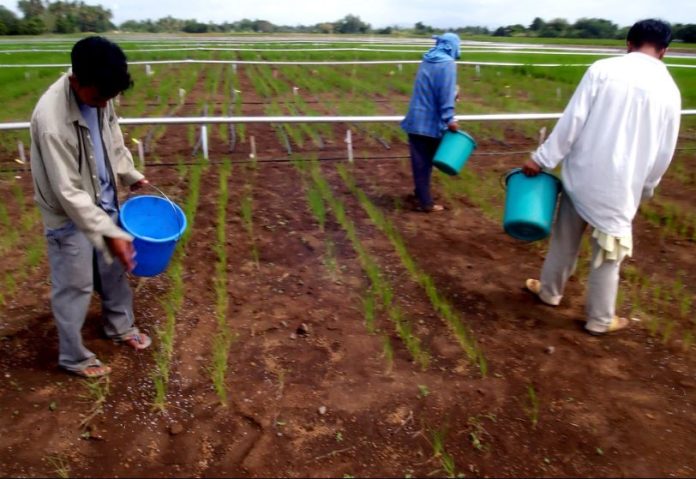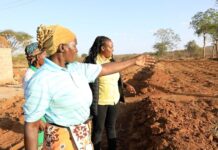Moroccan fertilizer manufacturer, OCP is testing 18 new fertilizer formulas adapted to Ethiopian soil. The new formulas are aimed at treating the high prevalence of acidic soil in Ethiopia that is affecting 43 percent of Ethiopia’s cultivated land, which means almost half of the close to 15 million hectares being farmed.
Umer Hussein, Minister of Agriculture confirmed the report and said the state subsidiary of the Moroccan government, is also preparing to establish a fertilizer factory in Ethiopia, as the government decides to stop imports of fertilizer in a maximum of three years.
“PM Abiy told us that Ethiopia must have its own fertilizer factory in two to three years’ time, and become self-sufficient in fertilizer. Our food self-sufficiency plan cannot succeed, without becoming fertilizer self-sufficient. Two of the three ingredients required to make fertilizer is available in Ethiopia. The rest of the ingredients will come from Morocco,” said Umer Hussein.
Investment license
The donation is part of OCP’s effort to secure an investment license in Ethiopia. However, Turkish Calik Holding is also bidding to secure the investment license. On July 5, 2022, officials of Calik Holding and its subsidiaries signed a Memorandum of Understanding (MoU) with Takele Uma, Minister of Mines, to establish a fertilizer plant in Ethiopia, gold production and also exploration and production of natural gas.
After a delegation led by Ahmed Shide, Minister of Finance, visited Morocco in September 2021, OCP’s large-scale fertilizer manufacturing project in Ethiopia was presumed will kick off immediately. However, the investment was delayed as the major raw material to make the fertilizer, which is expected from natural gas, did not materialize yet.
Ethiopia is at stage of picking a company that can extract the natural gas in the Ogaden area. For now, OCP is allowed to manage two fertilizer blending factories. There are five fertilizer blending factories in Ethiopia, installed years back but not functional.
Now, the Ministry of Agriculture (MoA) decided to operationalize at least two of these blending factories. The 10,000 metric tons of the 60,000 metric tons donated by OCP, is for these two blending factories. This will be blended with other ingredients, and will be used to treat acidic soils in Ethiopia.
These two blending factories in Oromia and Amhara will be operational as soon as the 10,000 quintal KSP arrives, which is at Djibouti port currently. The rest of the 50,000 metric tons of NPSB fertilizer (Nitrogen, Phosphate, Sulfur, Boron) is directly used by farmers. During the Bega cultivation season, which starts right after September, the Ministry plans to cultivate one million hectares of land.
“We also planned to kick off the purchase of fertilizer for the next Meher harvest season, and use some portion of it for the upcoming Bega wheat farming program,” said Sofia Kasa (PhD), State Minister of Agricultural Inputs and Investments at the MoA.
For the current year’s meher main cultivation season, MoA provided 15 million quintals of fertilizer. Out of this, 12.87 million quintal was imported this year, while the rest 2.3 million quintal was a leftover from the last year.
Though the Agricultural Transformation Institute (ATI) studied and produced a blueprint of Ethiopian soil map, which indicates the kind of soil nutrient lacking in every part of the country, the specific fertilizer prescription and use according to the map has not started so far. Ethiopia has been mainly using urea and DAP for decades, which is currently changing the soils specific prescription.









